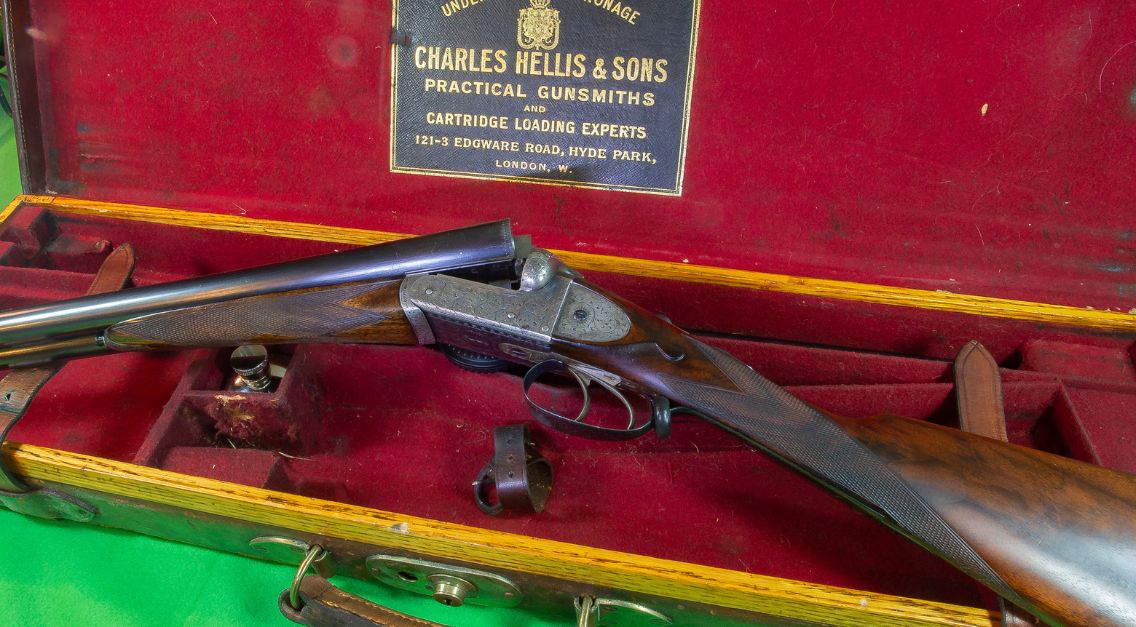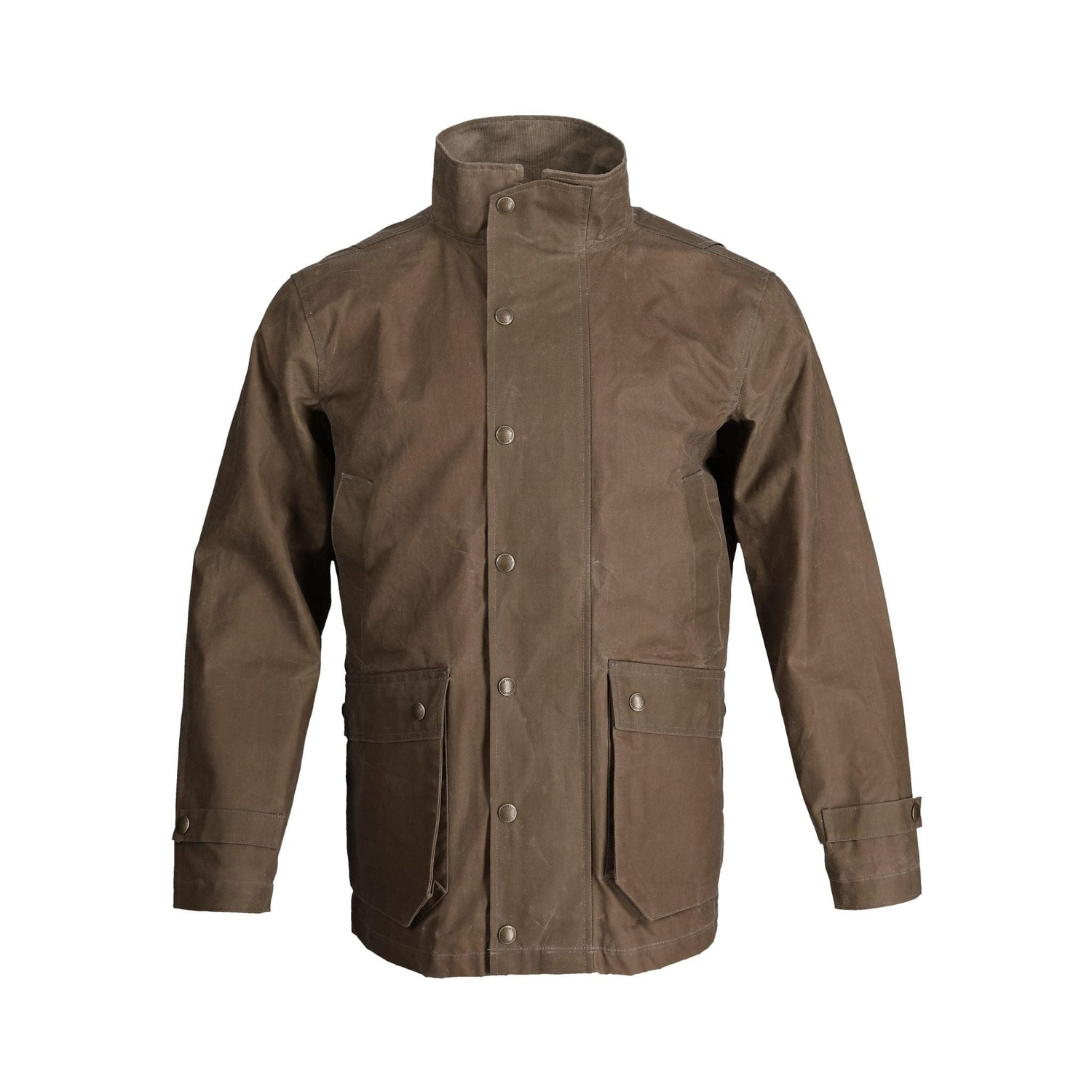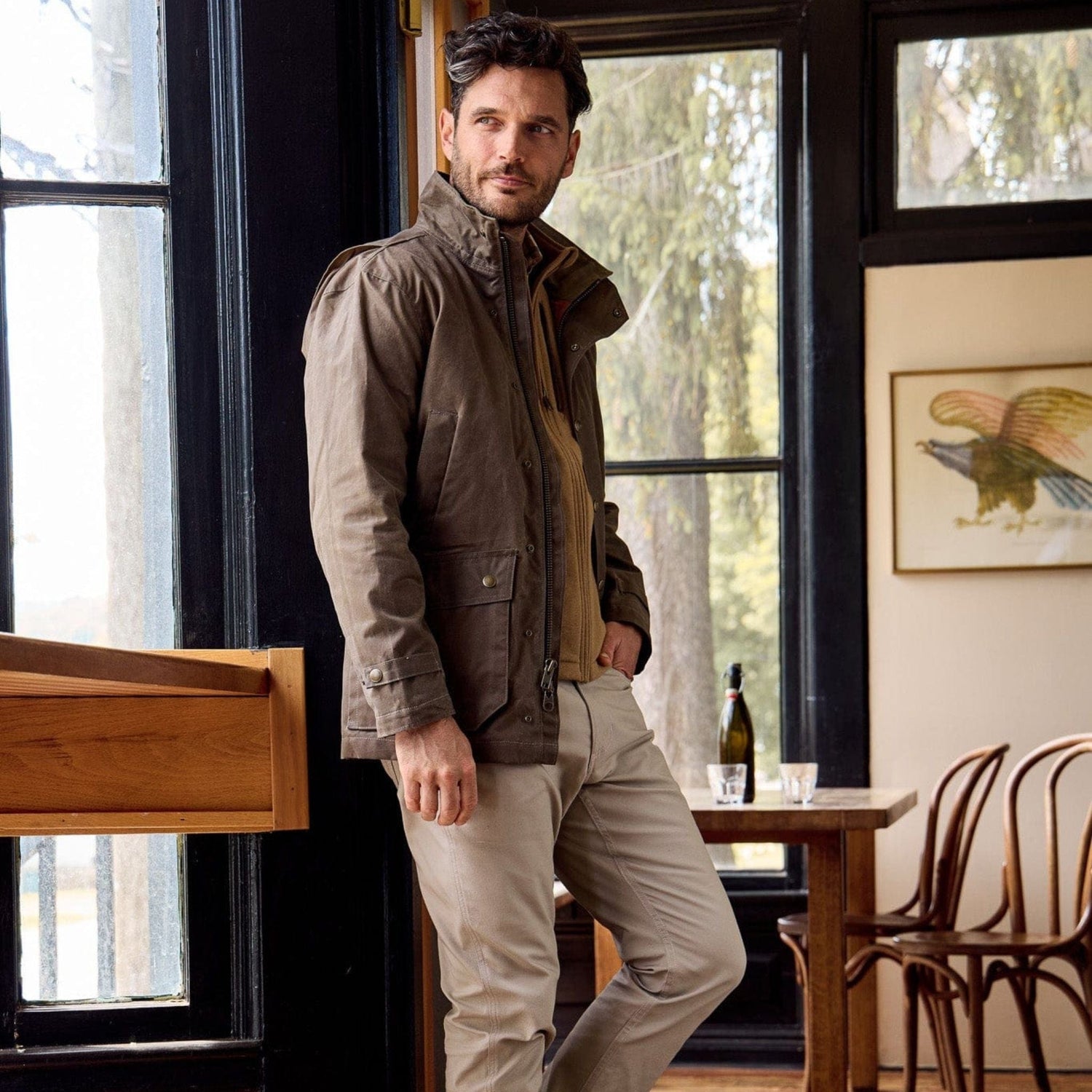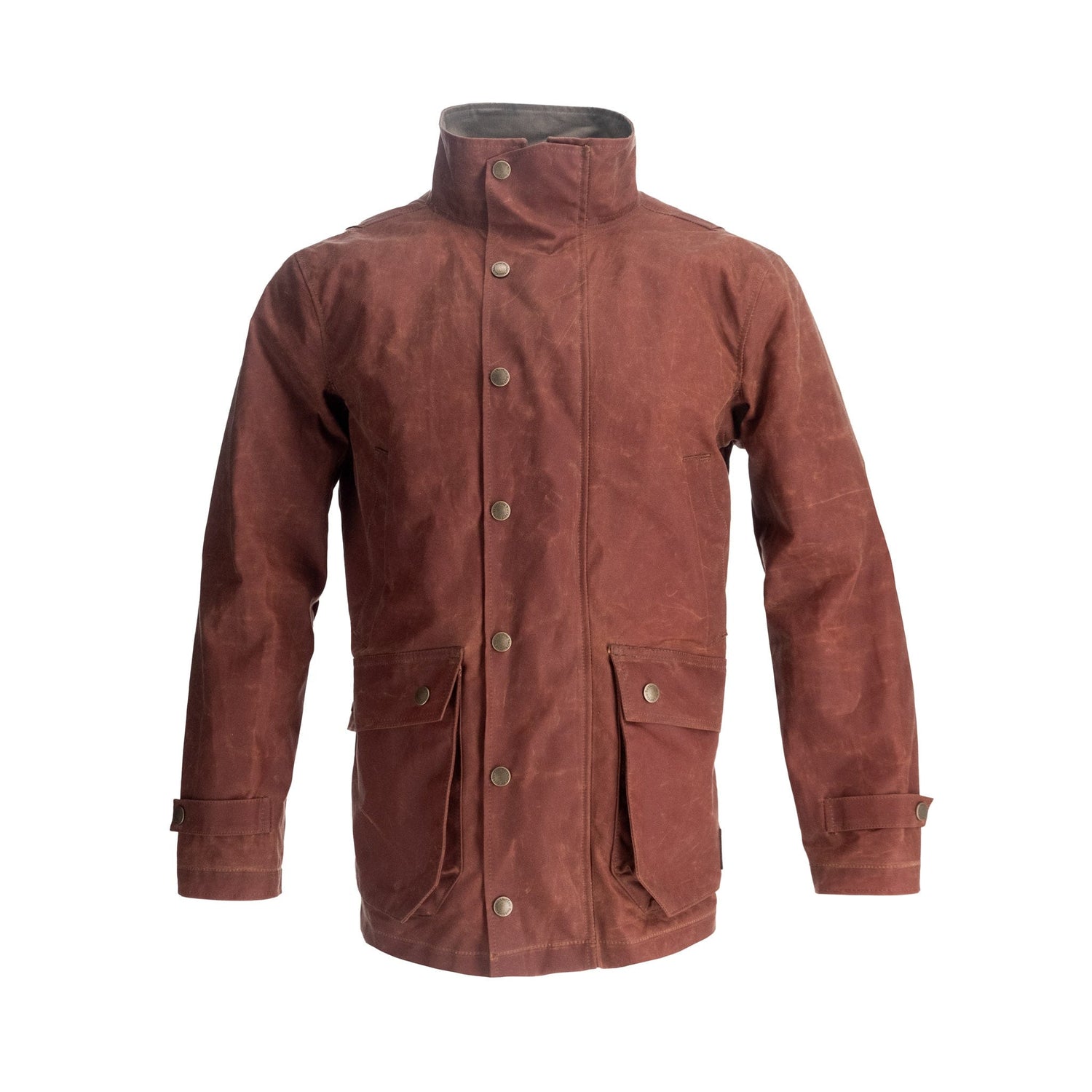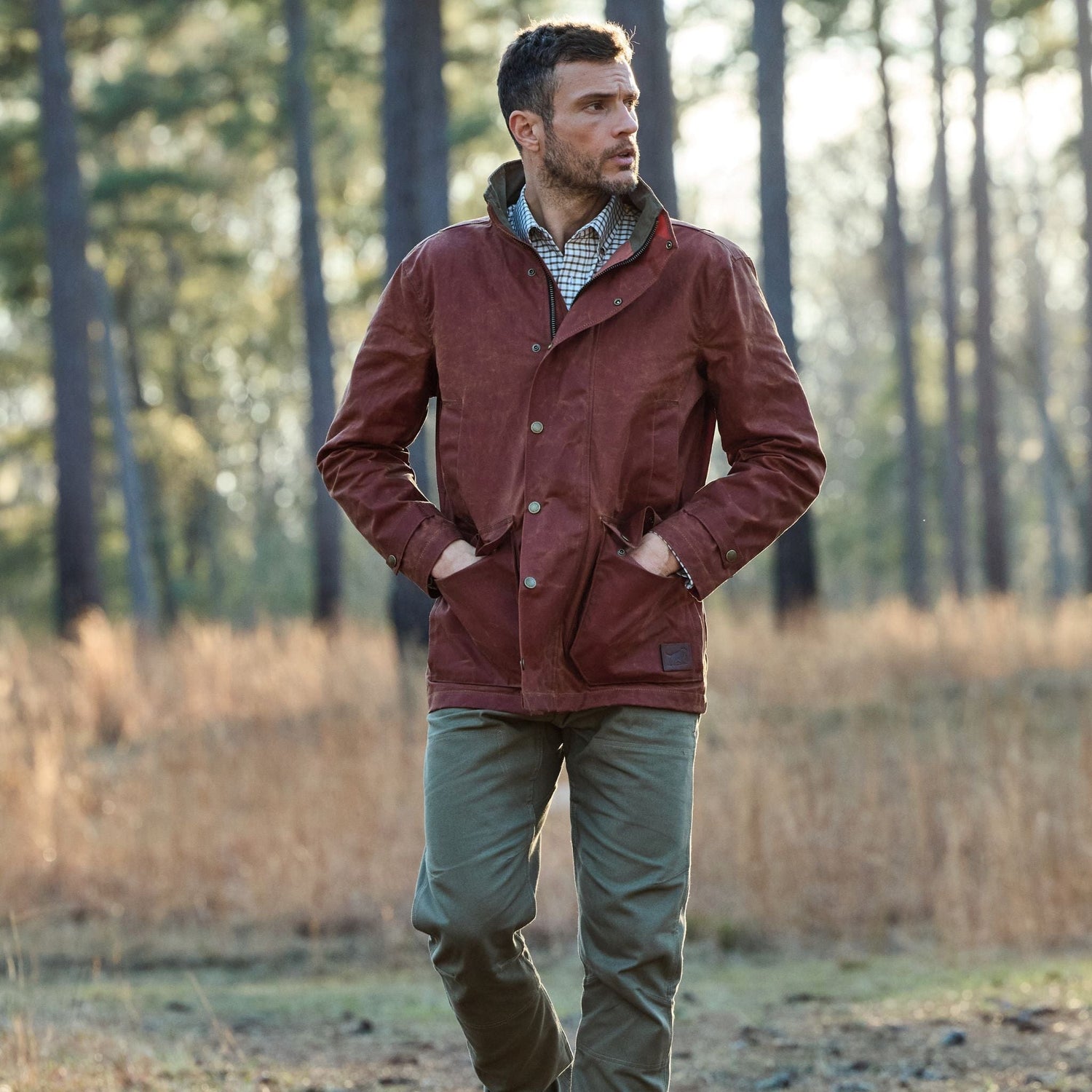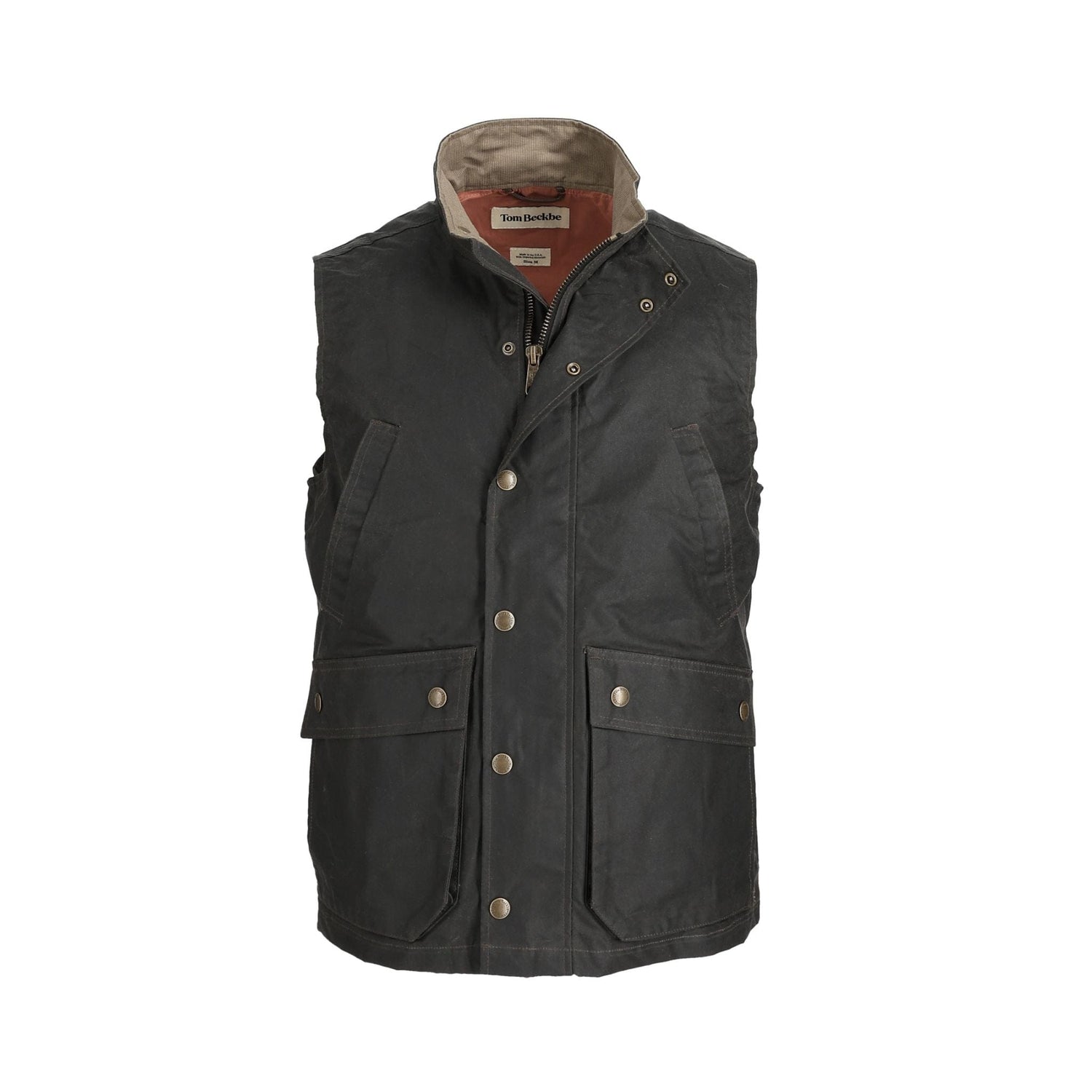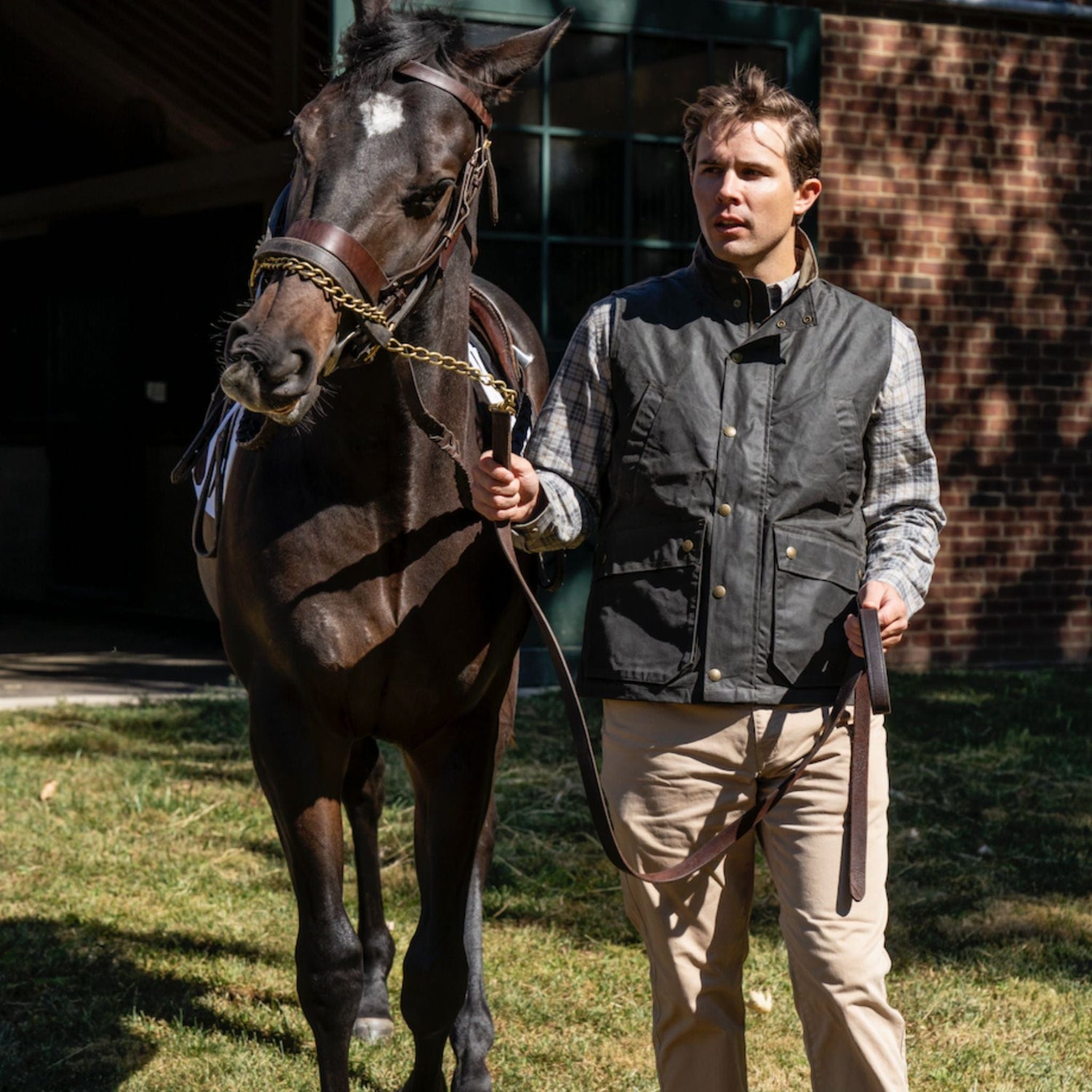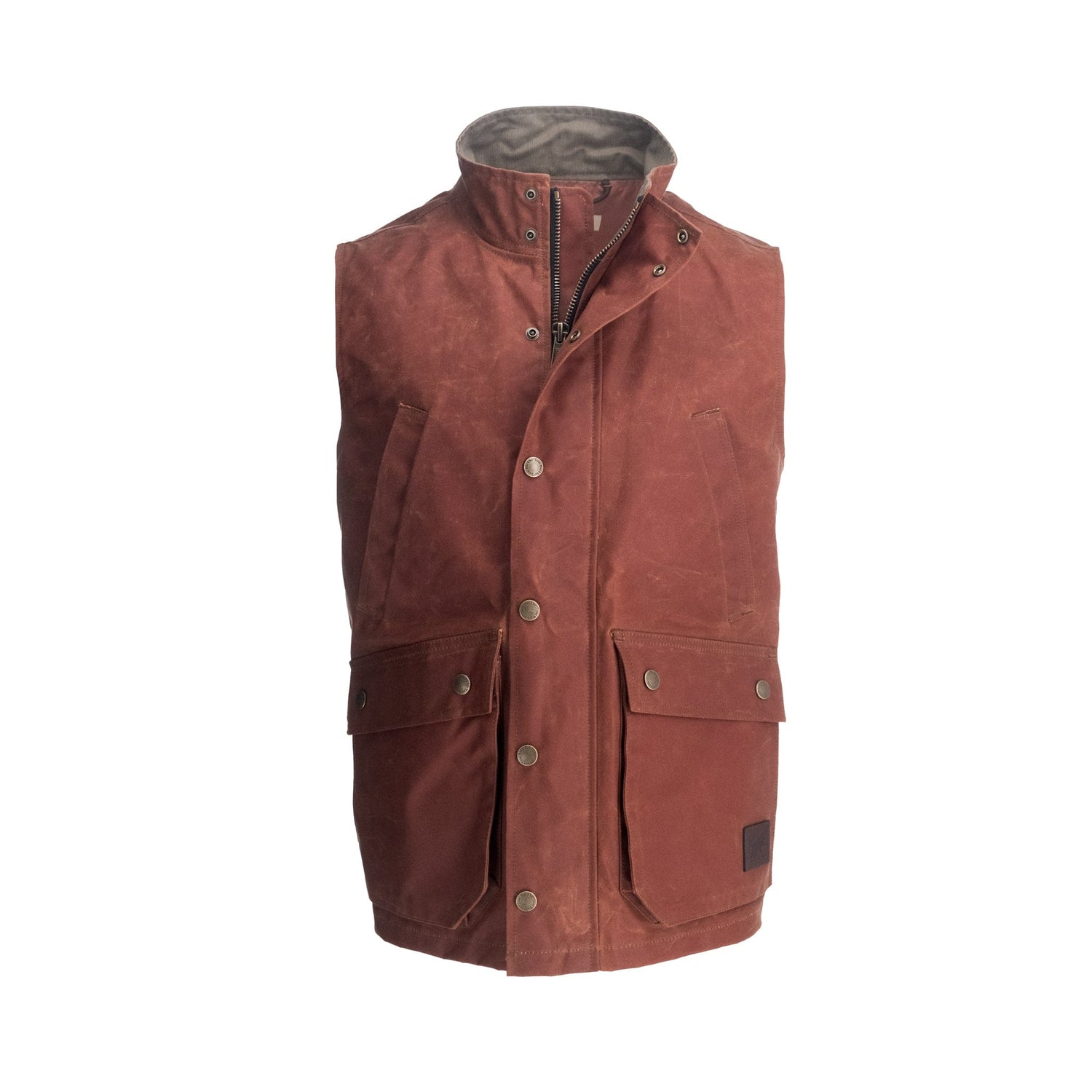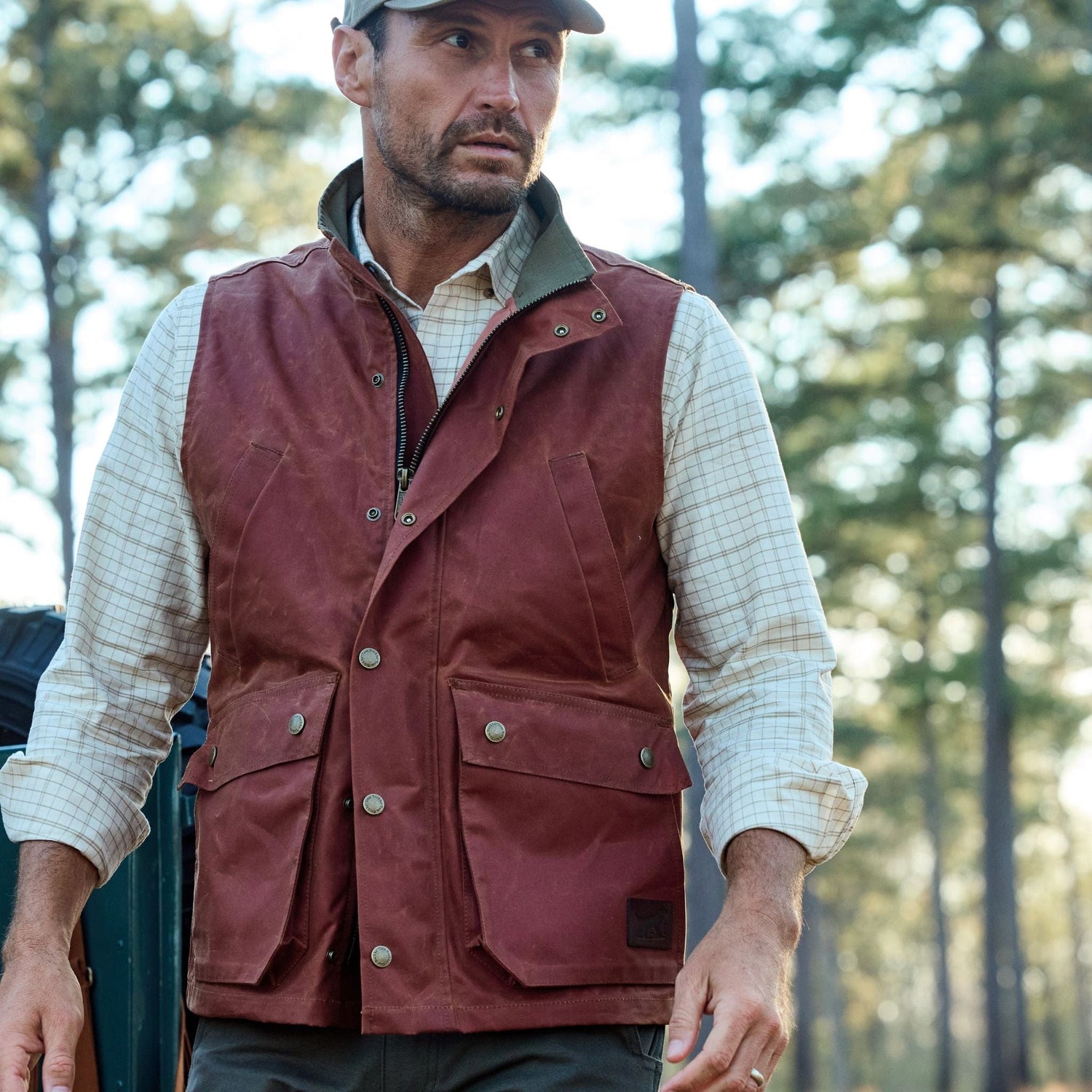By Glenn Zinkus
I began honing my shotgun skills at a young age with a Continental side-by-side — a vintage JP Sauer & Sohn 16-gauge boxlock owned by my father. Although somewhat utilitarian when I reflect on this piece, this double is steeped in the rich Germanic tradition, boasting intricate game scene engravings adorning each side of the action.
Some years later, my introduction to British game guns happened when my father acquired an exquisite Scottish double - an elegantly rounded action adorned with an understated rose and scroll pattern. I picked it up and swung on an imaginary rooster, launching from the edge of a harvested cornfield in my mind. It was then I understood; there is a mystical quality to the balance and swing radiating from these British guns.
In the nascent era of the internet, I scoured double gun bulletin boards and classifieds. One ad caught my attention. A Charles Hellis and Sons Windsor grade boxlock was for sale, and all for an affordable price. The dimensions fit my frame like it was custom made for me, as do many of the English guns. Elevating the allure of this shotgun was the fact that this exact Charles Hellis and Sons number 2921 was featured in an article in the pages of the now regrettably defunct The Double Gun Journal. It was also local. Not that it mattered much, I was on assignment thousands of miles from home together with my wife. But it was still comforting and would be convenient for me later. Immediately, I expressed interest, shooting off an email to the seller.
He sent answers to all my questions, along with photos and a copy of the article to me. He offered to have the gun checked by a renowned old-world gunsmith, fortuitously local to both of us. The gunsmith gave the Hellis a clean bill of health. The barrels had wall thickness “to die for.” Despite this report, a hardened collector may have rejected this gun because Charles Hellis fabricated a new set of barrels for the gun in the 1950s. For me, this was another check in the plus column.
Charles Hellis was a London based gunmaker, founded by Charles Edward Hellis in London in 1884. He trained his two sons and they became partners in the business. After their startup years along Pall Mall, Hellis took up shop near Hyde Park, along Edgeware Road. It’s probably no coincidence their location was previously occupied by other makers of British best guns.
Hellis number 2921 is a best grade Anson and Deeley (A&D) boxlock ejector model that first sold in April 1920 for the sum of 50 pounds. The A&D boxlock action is simple, ingenious, and rugged. The locks and hammers are enclosed in a squared body, or the “box.” This box is seamlessly integrated into the wood, typically finished in straight lines. The hammers are cocked whenever the action is opened, and the barrels drop. While A&D boxlocks are ubiquitous, Hellis distinguished itself by elevating the design with finely engraved sideplates seamlessly inset into the wood behind the action. This touch makes the Windsor grade boxlocks uniquely characteristic of Hellis craftsmanship.
The shotgun purchase came with a modest canvas case, something I later upgraded with the acquisition of a vintage Charles Hellis oak and leather case, sourced from a firearms auction in England about a decade ago. The case, with its glowing chestnut color and a patina imbued over the past century adds a final touch to the kit. Contemplating the history of the Hellis, I often wonder about the previous owners—did they carry it to estate shoots? Did they create their own shooting adventures?
The head gamekeeper at the Glanusk Estate in Wales, a friend of a sportsman and previous owner of Hellis number 2921 here in the Pacific Northwest, facilitated the gun’s journey to the United States. Once the Hellis landed in the States, the gun saw action over hunting grounds along the eastern slopes of the Cascades, close to my own chukar and valley quail coverts.
For the aspiring side by side enthusiast, British boxlocks may represent the best values in field guns today. Old world craftsmanship, from hand fitted furniture to gorgeous classic engravings crafted by artisans of the day is evident in every gun, from London’s best to the secondary guns manufactured in Birmingham and elsewhere.
These boxlocks are versatile guns. My own Hellis sports 28-inch barrels, ejectors, and double triggers, weighing an even 6 pounds, 8 ounces, typical of most British 12 bores. The weight feels just right – it’s something that I can comfortably carry all day and swings naturally without hesitation. This is important to me, as I use this gun in the expansive landscapes of the Upper Columbia basin. Here I traverse miles hunting the ditches and brush nestled between undulating fields of wheat searching for pheasants, as well as trekking open stubble fields for Hungarian partridge. Wingshooters can easily have a good gunsmith bore out tight chokes. I chose not to open the modified and full chokes, originally intended for high pheasants of driven shoots. These chokes work well for the moderate to longer range shots I take in the open country.
Most, if not all of the British game guns are built with chamber lengths of 2-5/8”, intended to use 2-1/2 inch shells. I’ve always found 2-1/2 shells easy to source from the time I first bought the Hellis up through now, save for the ammo component shortages during the pandemic. Suppliers such as RST supply the vintage gun market. A related word of advice is to stay away from any vintage British shotgun that had the chambers later lengthened to fit more modern 2-3/4 or 3 inch loads. Whenever I query any reputable dealer, they all have the same answer – they refuse to sell such a gun.
Thinking about a British gun, or any vintage gun for that matter? Find a gunsmith who knows period shotguns early in your search. Have a conversation and build a rapport with that gunsmith. Learn as much as you can and develop your own inspection checklist to recognize prospective guns that have potential and to avoid. When the time comes, pay that gunsmith to inspect your prospective purchase. It will pay dividends later.
About the Author
Glenn Zinkus is an outdoor writer and photographer from Corvallis, Oregon. When not engaged in piscatorial pursuits or shooting outdoor photos, he may be finding upland birds behind his Brittanies; or attending to other business that often has him traveling.
